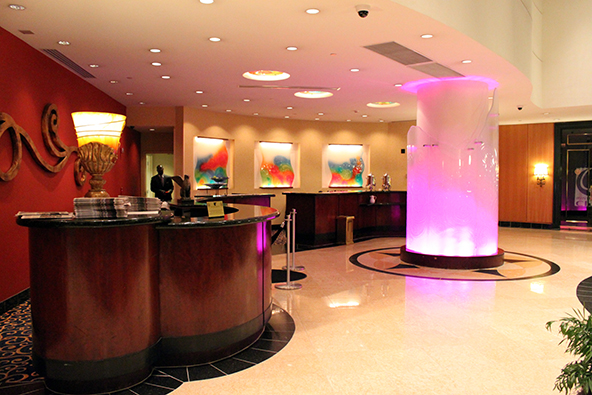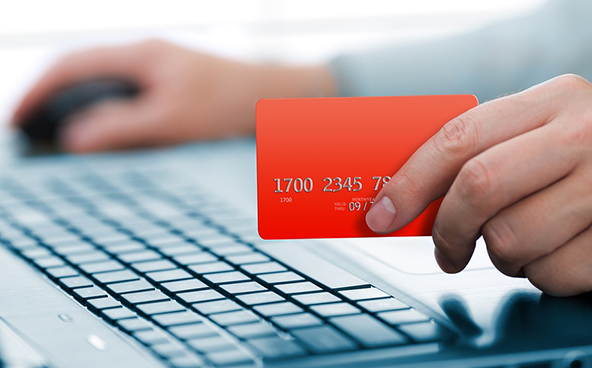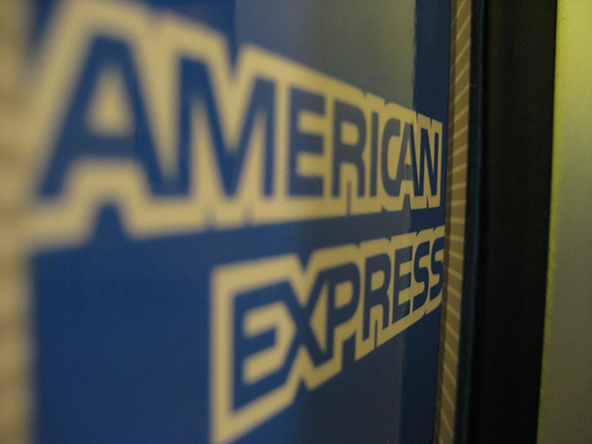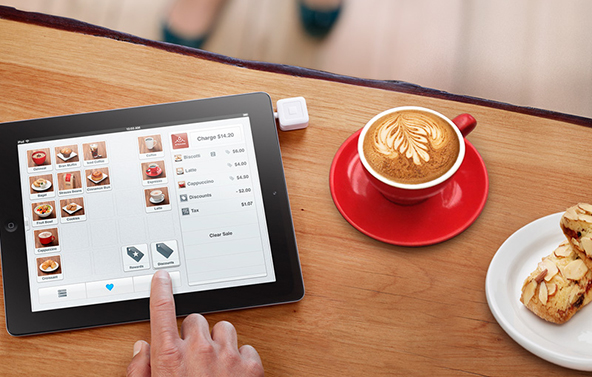What to Do When Your Hotel’s Customer Requests a Proof of the Transaction

If you’ve been accepting credit card payments at your hotel long enough, you’ve handled your share of copy requests – customer requests that you prove their participation in a credit card transaction at your establishment or the accurateness of the sale’s amount. Chances are that you’ve also seen a couple of these requests or more deteriorate into chargebacks, causing you to lose the associated sales, as well as any amounts you’ve invested in addressing your customers’ requests.
Your ability to quickly respond to all copy requests and provide sufficient information to prove that the charge to your customer’s card is accurate is critical to avoiding chargebacks. You should develop a process for handling copy requests and in this article I will offer some key points to consider when you do that.
What to Do When Your Customer Wants a Proof of the Transaction
Ideally, when a cardholder doesn’t recognize a charge on his or her credit card statement, they would contact you directly and try to establish the validity of the transaction. In reality, however, the cardholder often contacts the card issuer directly and asks for a proof of the transaction. The issuer then forwards the request to the processing bank which, if unable to provide the requested information, routes the request on to the merchant.
When you receive a copy request, you should do the following:
- Fulfill all copy requests you receive.
- Respond as quickly as possible. Each request must be fulfilled within a certain time frame, which will be specified by your processor. If your response is received past the deadline, you will lose the dispute, regardless of its validity.
- Provide a legible copy of the original sales receipt. To avoid any future disputes, make sure that the copy clearly shows the following information:
- Cardholder signature (if available).
- Truncated card account number.
- Cardholder name.
- Guest name (If different from the cardholder name).
- Dates of entire stay.
- Transaction amount.
- Authorization number.
- Your hotel’s name and address.
- All itemized charges.
- If you send a fax, be sure to comply with your processor’s requirements.
Your processor will forward the provided information to the card issuer, who will then send it on to the requesting cardholder. At this point the question or issue the cardholder had with the transaction is typically resolved. However, if the information you’ve provided is insufficient to resolve the issue, the transaction will be charged back and you will lose the disputed amount (which can in some cases be smaller than the entire transaction amount).
The Takeaway
All copy requests should be treated with equal attention, regardless of the transaction amount. Remember that you need to keep the number of chargebacks under one percent of the total sales transaction count for any given month. So when it comes to calculating your chargeback ratio, a $50 chargeback counts every bit as much as a $5,000 one.
Beyond chargebacks, you should also have in mind your customer’s satisfaction when responding to a copy request. While there is always a possibility that your customer has no legitimate complaint and is simply trying to game the system, it is far more likely that there is a real issue that needs to be resolved and you should do just that.
Image credit: Wikimedia Commons.


